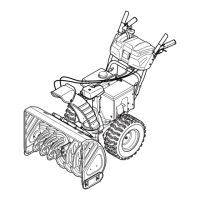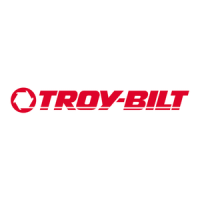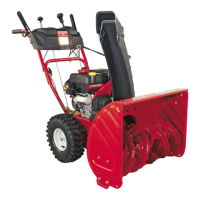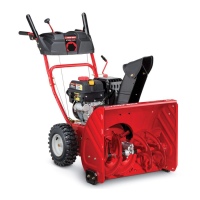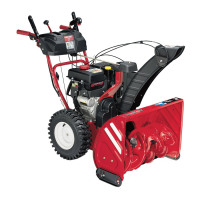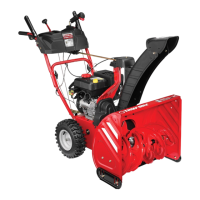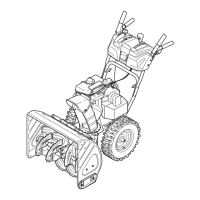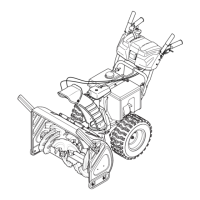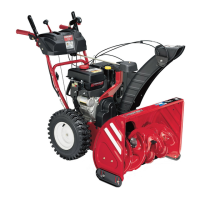
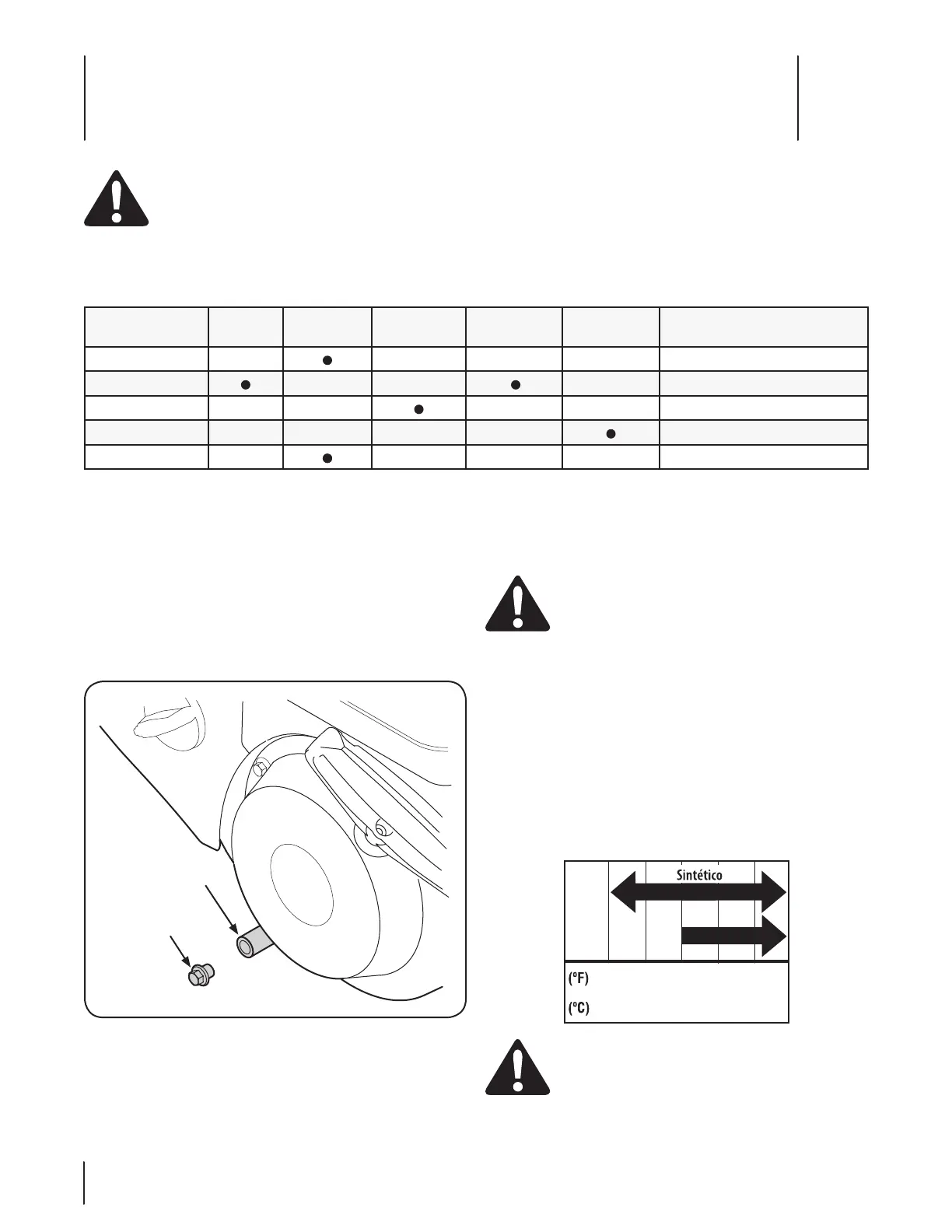 Loading...
Loading...
Do you have a question about the Troy-Bilt storm 3090 and is the answer not in the manual?
| Engine Brand | Troy-Bilt |
|---|---|
| Stage Type | Two-Stage |
| Clearing Width | 30 inches |
| Drive System | Self-Propelled |
| Speeds | 6 forward / 2 reverse |
| Chute Rotation | 200° |
| Auger Material | Steel |
| Intake Height | 21 inches |
| Start Type | Electric / Recoil |
| Tire Size | 16 in x 6.5 in |
| Throw Distance | 40 ft |
| Chute Control | Crank |
| Transmission | Friction Disc |
Contact information for assistance with product assembly, operation, or maintenance.
Explains safety symbols, warnings for personal injury, and general safe operating principles.
Details critical operational safety rules to prevent injury and ensure proper machine use.
Provides essential guidelines for safely handling gasoline, including precautions against fire and explosion.
Outlines procedures for routine maintenance, cleaning, and proper off-season storage of the snow thrower.
Illustrates and describes safety symbols found on the machine to ensure user understanding and safety.
Step-by-step instructions for assembling the handle and chute components of the snow thrower.
Covers installing shear pins, attaching the chute clean-out tool, and routing cables.
Details essential checks before operation, including fuel recommendations, oil level, and tire pressure.
Introduces main controls like shift lever, choke, and key operation.
Explains throttle, primer, starter buttons, auger engagement, and drive controls.
Describes chute direction, heated grips, clean-out tool use, and steering trigger functions.
Step-by-step guide on how to safely start the engine using electric and recoil starters.
Covers engaging drive and augers, replacing shear pins, and safely stopping the engine.
Details engine oil changes, shave plate/skid shoe checks, tire pressure, and lubrication.
Covers wheel/auger shaft maintenance and adjustments for shift cable, auger control, and chute.
Explains drive control adjustments, chute rod adjustment, and off-season storage instructions.
Outlines the maintenance schedule and provides detailed steps for changing engine oil and recommendations.
Details spark plug maintenance, engine cleaning, and preparing for off-season storage.
Provides instructions for removing and replacing the auger belt.
Covers replacing the drive belt and inspecting the friction wheel for potential issues.
Lists common problems with engines and the unit, with causes and recommended remedies.
A comprehensive list of available replacement parts with their corresponding part numbers.
Lists available attachments and accessories for the snow thrower and how to obtain them.
Outlines general emissions warranty coverage and interpretation of warranty on specific emissions-related parts.
Explains how to obtain service and clarifies state law relations to the warranty.
